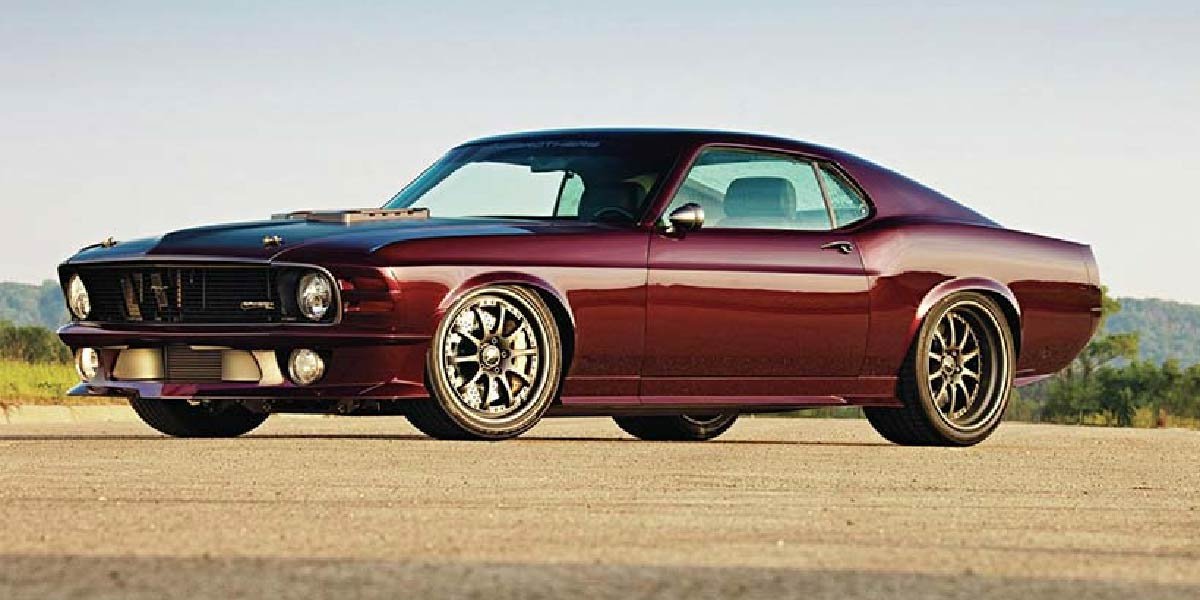Introduction To https://guia-automovil.com/2020/10/07/los-3-mejores-autos-clasicos-de-ford
Ford’s legacy in the automotive world is not just about innovation and global dominance in the car industry; it’s equally about the timeless classics that have left an indelible mark on car culture globally. This detailed exploration dives deep into the heart of Ford’s historical significance through its three most iconic classic models, as celebrated on “https://guia-automovil.com/2020/10/07/los-3-mejores-autos-clasicos-de-ford”. Each of these models not only showcases Ford’s engineering prowess but also encapsulates the spirit of their times, influencing generations of automobiles and automobile enthusiasts alike.
The Birth of Affordable Automobiles: The Ford Model T
The Ford Model T is more than just a car; it is a symbol of industrial innovation that made car ownership accessible to the masses. Introduced in 1908, the Model T revolutionized the automotive industry by introducing assembly line production, an innovation that drastically reduced costs and made cars affordable for the average American. The Model T was robust, reliable, and easy to repair, with a design that could handle the rough rural roads of early 20th-century America.
It was powered by a 2.9-liter four-cylinder engine, producing 20 horsepower, which was substantial for the era, allowing the car to reach speeds of up to 45 mph. This vehicle was not merely about mobility; it was about creating a new way of life, enabling people to travel beyond their immediate environments with ease.
The Ford Mustang: Revolutionizing the American Sports Car
The introduction of the Ford Mustang in 1964 marked the birth of the ‘pony car’, a class of American muscle cars that is sporty and affordable, aimed at attracting younger buyers. The Mustang’s long hood, short deck lid, and aggressive stance made it an instant icon, a symbol of freedom and youth rebellion. Over the years, the Mustang has seen various iterations, each adapting to new technologies and consumer tastes while maintaining its core identity. The original Mustangs were equipped with a variety of engines, including the revered V8, which offered exhilarating performance that captivated car enthusiasts. The Mustang’s role in American culture is profound, featured in countless films and songs, epitomizing the spirit of American performance and style.
Read Also: Discover https://noticviralweb.blogspot.com/2024/05/mejores-seguros.html
The Ford GT40: Dominating the Racing World
The story of the Ford GT40 is one of rivalry and triumph. Originally developed to beat Ferrari at the Le Mans 24-hour race, the GT40’s introduction in the 1960s was a statement of Ford’s engineering capabilities and competitive spirit. The GT40 was a technological marvel with its advanced aerodynamics, lightweight construction, and powerful 7.0-liter V8 engine that pushed it to speeds exceeding 200 mph. The GT40 won the Le Mans four times consecutively from 1966 to 1969, a testament to its superior design and performance. This racing legend not only enhanced Ford’s brand image but also cemented its place in motorsport history.
Collectability and Ongoing Legacy
The collectability of these Ford classics—Model T, Mustang, and GT40—is tremendous, with each model holding significant historical and monetary value. These cars are sought after by collectors and enthusiasts, who appreciate their historical importance and their role in shaping automotive and cultural landscapes. Restored models of these cars can fetch high prices in auctions and are often showcased in museums and car shows, celebrated for their pioneering features and enduring charm.
Conclusion: Ford’s Classics—Engineering Marvels That Transcended Generations
Ford’s classic cars are more than just vehicles; they are milestones in automotive history that continue to inspire awe and admiration. From the Model T, which democratized automobile ownership, to the Mustang, which captured the imagination of the youth, and the GT40, a symbol of racing dominance, these classics highlight Ford’s pivotal role in automotive innovation. As we continue to look back at these timeless models, they remind us of the power of ingenuity and the enduring appeal of well-crafted automobiles. Whether for driving pleasure, historical curiosity, or investment, Ford’s classics remain a profound part of the automotive world’s legacy, cherished by generations past and present.
FAQs https://guia-automovil.com/2020/10/07/los-3-mejores-autos-clasicos-de-ford
What are the three best classic Ford cars according to the article on guia-automovil.com?
The article highlights the Ford Mustang, Ford Thunderbird, and Ford Model T as the three best classic Ford cars. These models are celebrated for their impact on automotive design, technology, and culture.
Why is the Ford Mustang considered a classic according to the guia-automovil.com article?
The Ford Mustang is considered a classic due to its revolutionary design as a pony car, offering both style and performance at an affordable price. Its introduction marked a new era in American car culture, appealing to a younger demographic and becoming a symbol of freedom and rebellion.
What makes the Ford Model T a significant classic car in the guia-automovil.com overview?
The Ford Model T is significant because it was the first automobile to be mass-produced using assembly line techniques, drastically reducing its price and making car ownership accessible to the masses. Its durability and ease of maintenance made it ideal for the rough roads of early 20th-century America.
How does the article on guia-automovil.com describe the impact of the Ford Thunderbird?
According to the article, the Ford Thunderbird had a profound impact by defining the personal luxury car segment. It combined stylish design with high performance, setting new standards in automotive luxury and becoming an icon of American automotive history.
What common features are highlighted in the guia-automovil.com article about these classic Ford cars?
The article points out that all three cars—the Mustang, Thunderbird, and Model T—revolutionized aspects of automotive culture and technology. Each model introduced new concepts in design and functionality that influenced future generations of vehicles and solidified Ford’s reputation as an innovator in the car industry.







